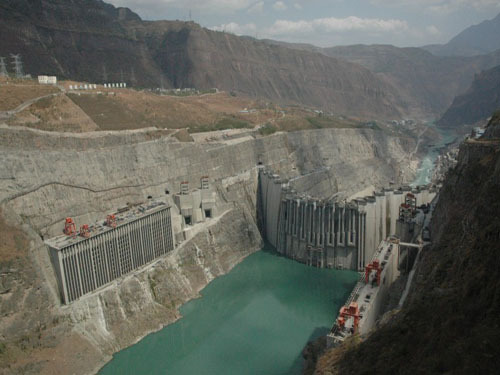Interpretation of the construction of photovoltaic power stations in Henan Province
Recently, the Henan Provincial Development and Reform Commission issued a notice encouraging the development of photovoltaic power plants across 18 prefecture-level cities in the province. After reviewing the document, reporters have identified several key points that highlight both opportunities and challenges for the solar industry in Henan. First, the construction of photovoltaic power stations in Henan is currently not bound by the national energy targets set by the National Energy Administration. This flexibility is seen as a positive step for local developers, but it also raises concerns about how projects will be prioritized and managed. According to reports from multiple PV companies, while the policy may speed up project development, there are still uncertainties regarding actual implementation. The National Energy Administration has allocated only 750 MW of capacity for Henan, which means competition remains fierce. However, the lack of strict national control could allow more local initiatives to move forward—provided that coordination between the provincial government and the power company improves. Henan Electric Power Company has reportedly not yet reviewed the system access plans for 2014 PV projects, leading to a temporary halt in developments. This has sparked discussions between the provincial government and the power company over the allocation of project indicators. Some local PV project leaders warn that without proper coordination before August, many projects may fail to proceed, creating delays and uncertainty for investors. Second, to accelerate distributed photovoltaic projects, the provincial government introduced a mandatory rule requiring a 2:1 ratio of distributed to ground-mounted projects when applying for permits. While this aims to promote decentralized solar installations, some cities face practical difficulties. Many areas lack suitable rooftops or land for large-scale ground projects, making compliance with the ratio challenging. As a result, some companies fear they may be forced to build both types of projects, potentially limiting their ability to focus on more profitable ground-based systems. Third, the policy states that projects connected to the grid first will receive priority for national subsidies. However, this creates a bottleneck, as the provincial power company refuses to approve projects outside the official target range. This leads to delays and confusion during the construction phase, undermining the intended efficiency of the policy. Finally, projects that secured preparatory approvals between 2013 and 2014 will be given preference in this year’s construction plan. While this encourages early action, it also puts pressure on developers to meet tight deadlines, adding to the overall complexity of the process. The photovoltaic sector in Henan remains dynamic, with both promising opportunities and operational hurdles. While some companies are eager to invest, others remain cautious, waiting for clearer guidelines and better coordination between stakeholders. The success of Henan’s solar growth will likely depend on how well these policies are implemented and how effectively the government and power companies work together. lastic Sample Containers,Sterile Specimen Container,Urine Specimen Container Taizhou TOPAID Medical Device Co,,ltd , https://www.topaidgen.com